-
Team TechTree
05th Jul 2016
When Captain James Kirk and the egregious Mr. Spock used technology in the famous sci-fi adventure Star Trek during the 1960s and 1970s to get information about distant stars, the knowledgeable world smirked at the vivid imagination of the filmmakers.
These characters would use their fingers and touchscreens to communicate with computers. Three decades down the line, computers were doing much more and soon enough the push buttons gave way to touchscreens. In fact, even varying degrees of pressure on the screen conveyed different things to the computer.
Here is a look at what lies ahead for the world in terms of interacting with artificial intelligence and beyond:
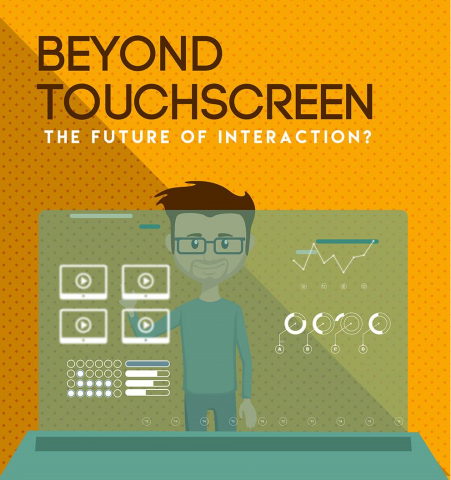
It's hard to remember a world without touchscreen interface, but a decade ago this was the stuff of science fiction. Now everything from your car and laptop computer to your mobile device and ATM cash machines employee touchscreen technology. Yet, what does the future hold for digital interface? How might we interact with technology and each other in the near future?
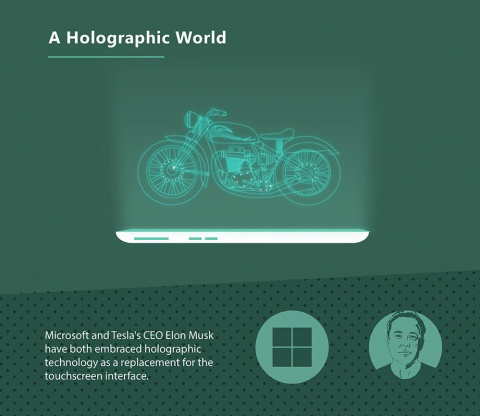
However, this isn't an entirely new piece of technology. As early as 1997, Janine Benyus theorized that holographic technology would be the next interface revolution in her book "Biomimcry".
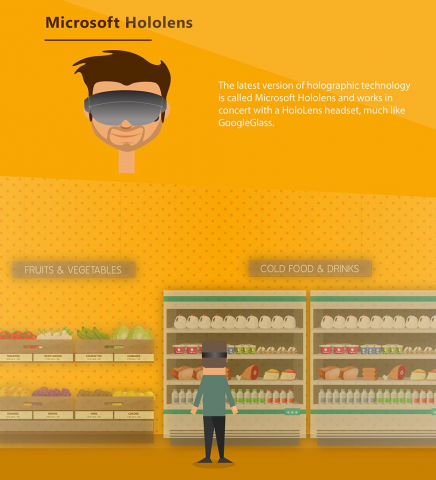
Users will be able to access product information while shopping in the holographic mall just by looking at an object on the rack and then use physical hand gestures to initiate programs and access information.
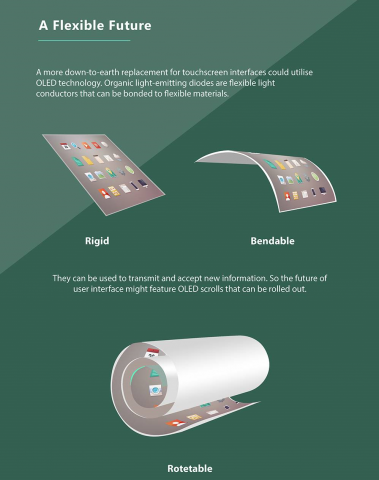
You could carry your computer with you in a vial or slap your mobile calling device around your wrist. You could even bend the screen and twist it to access inner menus without damaging the device. Our unresponsive touchscreens will seem like ancient artifacts next to a smartphone that can be thrown against a wall or pasted to your backpack like a sticker.
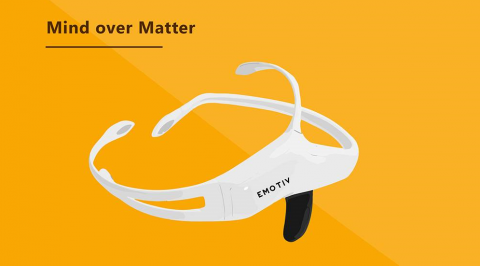
There's another type of interaction upgrade on the horizon that is truly out of this world. It's a direct brain to computer interface.
Imagine controlling your computer with just your thoughts. It's almost a reality. Emotiv Lifescience is an innovative tech company that is using a wearable headset to detect brainwaves and translate those electrical impulses into durect computer commands.
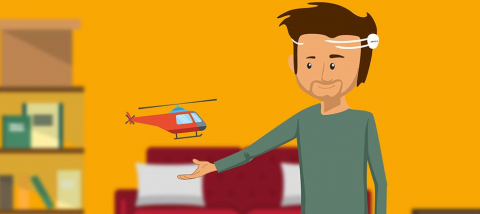
At this stage, the interface is still rather primitive, only allowing for users to move cursors or click on Windows. Yet the future applications are mind-boggling. In the future, you could walk through a shopping mall, look at a dress you like and buy it with a wink of the eye. Then, check your account balance by thinking of your secret PIN number.
Final Thoughts:
These next generation interfaces are still in their earliest phases, but they're certainly on the horizon. The way that people access information and the way that business advertise their services and products is sure to get more personal. Will these new types of interface infringe too much on our privacy or will it be everything we've desired and more?

Beyond The World of Touchscreens | TechTree.com
Beyond The World of Touchscreens
Exploring the world of how humans would interact with computers of the future
News Corner
- DRIFE Begins Operations in Namma Bengaluru
- Sevenaire launches ‘NEPTUNE’ – 24W Portable Speaker with RGB LED Lights
- Inbase launches ‘Urban Q1 Pro’ TWS Earbuds with Smart Touch control in India
- Airtel announces Rs 6000 cashback on purchase of smartphones from leading brands
- 78% of Indians are saving to spend during the festive season and 72% will splurge on gadgets & electronics
- 5 Tips For Buying A TV This Festive Season
- Facebook launches its largest creator education program in India
- 5 educational tech toys for young and aspiring engineers
- Mid-range smartphones emerge as customer favourites this festive season, reveals Amazon survey
- COLORFUL Launches Onebot M24A1 AIO PC for Professionals






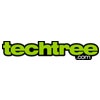
TECHTREE